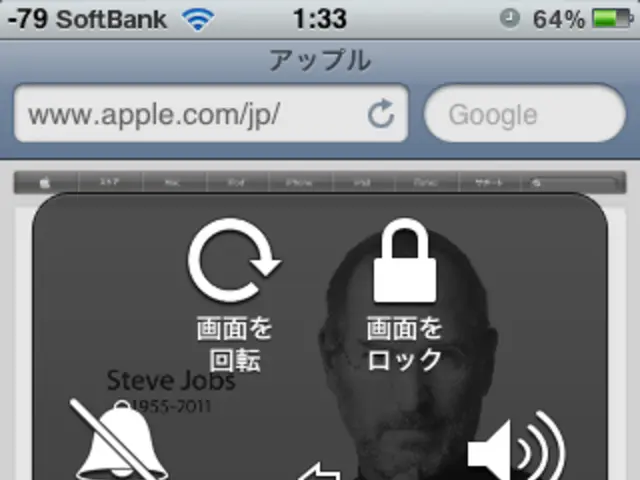Whether to invest in physical gold bars or mining company stocks?
In the world of gold mining, a new set of challenges is emerging as a result of rising CO2 certificate prices and the potential introduction of a CO2 border tax. These factors, primarily affecting operational costs and profitability, are also influencing investor sentiment due to growing environmental, social, and governance (ESG) concerns.
The increase in CO2 certificate prices, such as those in the EU ETS reaching 70-80 EUR/ton (approximately 75-85 USD/ton), translates into higher compliance costs for gold miners. These costs can reduce profit margins unless they are passed on or offset by efficiency gains. The forecast for some markets, like Kazakhstan, predicts CO2 prices of $30-50/ton by 2030.
The Carbon Border Adjustment Mechanism (CBAM), a proposed CO2 border tax, aims to prevent "carbon leakage" by imposing tariffs on imported goods based on their carbon footprint. Gold mining operations with higher carbon intensity or those exporting gold to markets implementing CBAM could face additional costs or competitive disadvantages, potentially negatively impacting their stocks.
However, companies that invest in emission reductions and sustainability can generate or save through carbon credits, improve investor appeal under growing ESG investment trends, and secure first-mover advantages by preemptively meeting regulations. This often leads to market differentiation and access to “green premium” investment capital, potentially supporting or improving their stock valuations.
Supply chain buyers in tech and automotive sectors increasingly demand lower-carbon materials, offering market rewards for responsible mining practices. Miners positioned as low-carbon producers could benefit from these trends.
Risks remain, however, as policy uncertainty affecting CO2 prices and geopolitical tensions influencing carbon markets may impact the stability of these added costs or benefits.
In contrast, gold mining operators must ensure that taxes, energy, and labor costs remain lower than the achievable gold price. The US Federal Reserve has signaled slight interest rate increases for 2023, but in a low-interest-rate environment, gold can help preserve wealth. Conversely, gold investors face a disadvantage when interest rates are high. In many regions, real interest rates have been below inflation rates for some time.
Former Federal Reserve Chairman Ben Bernanke has suggested that higher interest rates should not be considered in the near future, which may provide some relief to gold investors. The largely V-shaped economic recovery suggests a more ambitious interest rate increase, but the impact on gold prices remains to be seen.
In conclusion, higher CO2 certificate prices and the introduction of CO2 border taxes tend to increase costs and risks for gold mining stocks, especially for those with carbon-intensive operations. Conversely, miners adopting sustainable practices may mitigate these impacts, attract ESG-focused capital, and potentially see their stocks benefit from evolving regulatory and market trends.
- The rising CO2 certificate prices, similar to those in the EU ETS at around 75-85 USD/ton, can lead to higher compliance costs for other industries, not just gold mining, potentially affecting their profitability and stock valuations.
- The Carbon Border Adjustment Mechanism (CBAM) could not only impact gold mining operations with higher carbon intensity, but it could also extend to various sectors that export carbon-intensive goods, subjecting them to tariffs based on their carbon footprint.
- As supply chain buyers in technology and automotive sectors increasingly favor lower-carbon materials, companies engaged in environmental-science or science, such as mining operators adopting sustainable practices, may gain a competitive edge by positioning themselves as low-carbon producers and accessing green premium investment capital.




